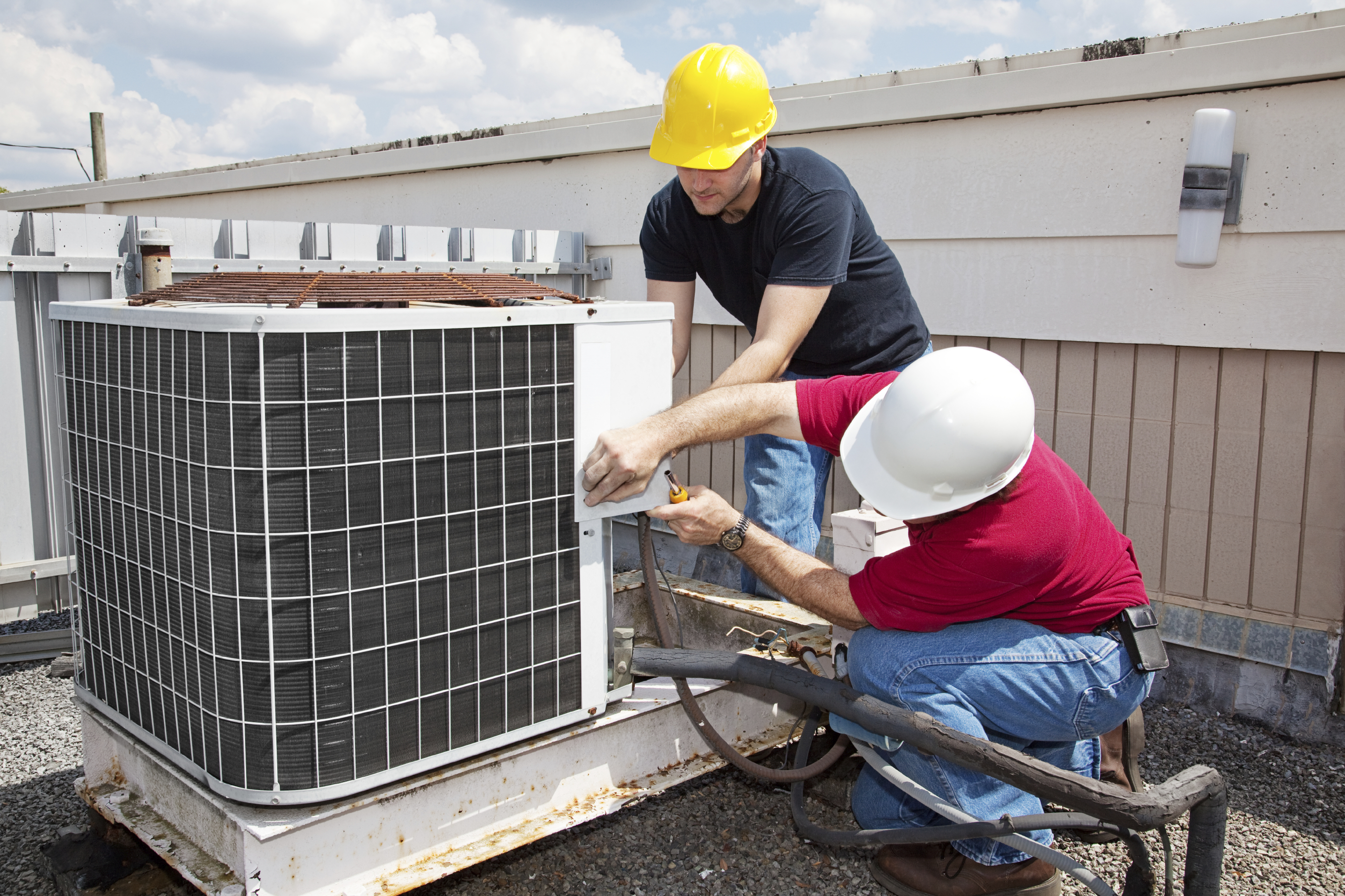In terms of residential comfort, few systems are as vital as your heating, ventilation, and air conditioning system. Grasping what HVAC is can be the initial step towards guaranteeing a cozy domestic atmosphere throughout the year. Whether you're facing the cold of winter or the oppressive summer heat, having a trustworthy heating and cooling system is paramount for maintaining an pleasant indoor atmosphere. In this article, we will dive into everything you need to know about HVAC systems, from their fundamental roles to frequent problems that could happen and how to properly deal with them.
A lot of homeowners might be inclined to tackle HVAC repairs on their own, notably when dealing with little problems or routine maintenance requirements. Yet, discerning when to make a DIY attempt and when to call on a professional can help you preserve both time and costs. We will investigate some of the most common HVAC issues, provide tips for maintaining your system's performance, and emphasize the significance of qualified help in certain situations. In conclusion, this guide, you will feel more confident in handling your HVAC system while knowing when to reach out to the professionals.
Understanding Heating, Ventilation, and Air Conditioning Technologies
HVAC stands for Heating, Ventilation, and Air Conditioning, which plays a vital role in providing indoor coziness in homes and commercial spaces. Such systems are designed to manage temperature and air quality, guaranteeing that spaces remain pleasant regardless of outdoor conditions. A basic HVAC system usually includes components such as a furnace for heating, an cooler for cooling, and a ventilation system to distribute air and refresh indoor environments.
The working of these systems is based on the laws of thermodynamics and fluid dynamics. Heating is accomplished through various methods, such as natural gas, electric power, or oil, while cooling is mainly accomplished through chemical agents circulating in the system. Ventilation ensures fresh air enters a space while expelling stale air, which is essential for comfort and safety. Comprehending how these components work together can help individuals effectively manage their HVAC systems and recognize concerns early on.
Routine service and understanding of how to manage these systems can lead to increased efficiency and extended lifespans. Basic actions such as replacing air filters frequently, ensuring vents clear, and scheduling professional check-ups can significantly enhance system performance. By comprehending the basics of HVAC, homeowners can make smart decisions about their climate control needs, contributing to a more comfortable and energy-efficient living space.
Typical Heating, Ventilation, and Air Conditioning Problems and Resolutions
One of the more frequent problems homeowners face is a deficiency of heating or air conditioning. This issue can originate from different sources, such as a clogged air filter, which restricts airflow and decreases the HVAC system's efficiency. To fix this, consistently examine and swap air filters every two to three months, based on usage. Additionally, checking the thermostat settings and confirming that the unit is set to the proper temperature can assist alleviate the problem. If issues persist, it may be required to check for refrigerant leaks or contact a professional.
Another frequent issue is strange noises emanating from the HVAC system, such as clanging, whistling, or squealing sounds. These noises can indicate loose parts, worn-out bearings, or issues with the compressor. Homeowners can initiate by tightening loose components and ensuring that all access panels are securely in place. If AC company continue, it might be time to contact an HVAC technician to determine and fix any fundamental mechanical problems.
In conclusion, inconsistent temperatures in the home can be a annoying problem. This can be caused by insufficient insulation, blocked vents, or issues with the ductwork. To enhance airflow, ensure that vents are not cluttered by furniture or other obstacles. Fixing https://writeablog.net/cloverdoubt3/this-science-of-thermodynamics-in-hvac in ductwork can also promote more uniform heating and cooling. For more significant airflow problems or ongoing discomfort, it may be prudent to seek the advice of a technician to evaluate and improve the overall HVAC system and home insulation.
Optimizing Energy Use and Care Guidelines
To enhance the energy efficiency of your HVAC system, consider installing a programmable thermostat. These devices allow you to configure specific levels for various times of the day, improving energy use while providing comfort. For AC installation , you can configure your thermostat to reduce heating or cooling when you are not home, thus conserving energy and cutting your utility bills.
Routine maintenance is essential for keeping your HVAC system running efficiently. Schedule seasonal tune-ups to ensure that all components are in excellent shape. During these maintenance sessions, professionals can maintain coils, inspect ducts, and swap filters, which helps prevent larger issues down the line. Additionally, change your air filters every 1 to 3 months to maintain airflow and improve indoor air quality, directly influencing the efficiency of your system.
Pay attention to your HVAC system's insulation and sealing. Check that ducts are sealed properly to prevent air leaks and consider adding insulation to areas like the attic and walls to reduce energy expenses. Enhancing your home’s insulation helps your HVAC system work less hard to maintain the optimal temperature, which leads to overall energy savings. Consistently inspect and check areas around your home to create a comfortable and energy-efficient living environment.

